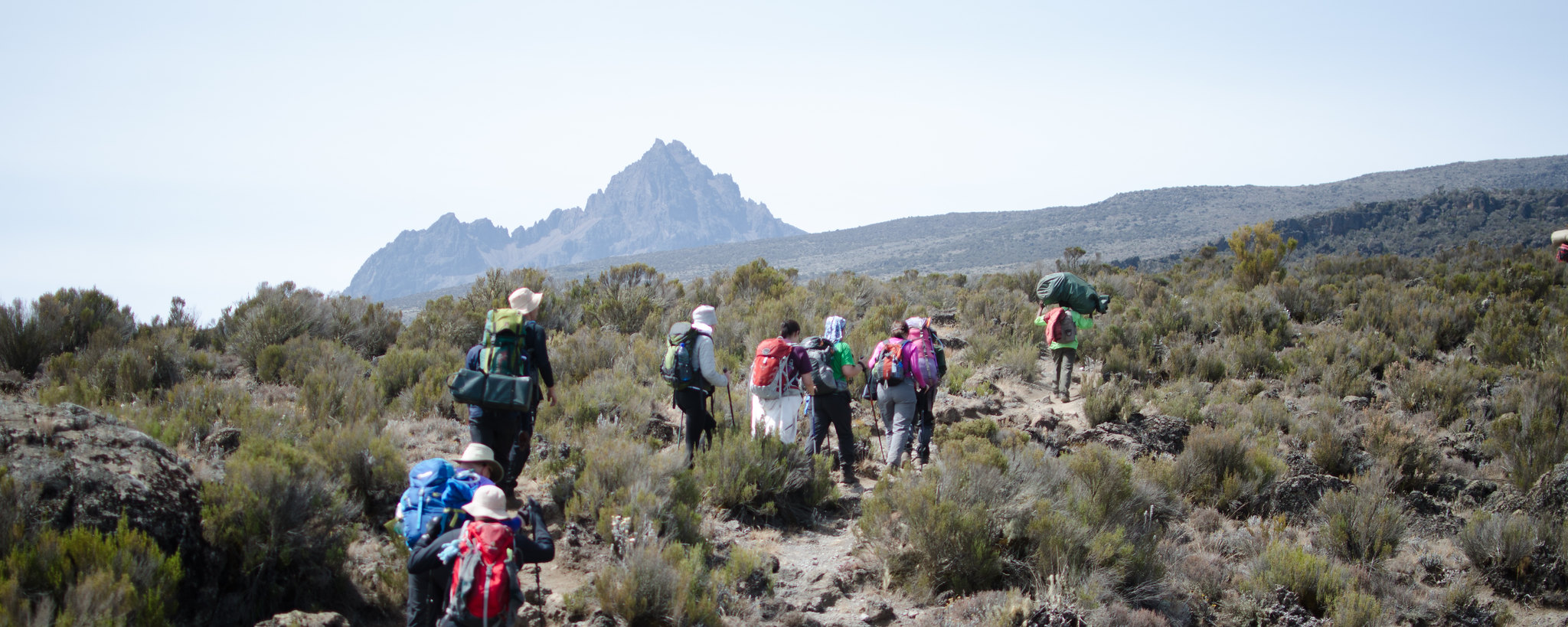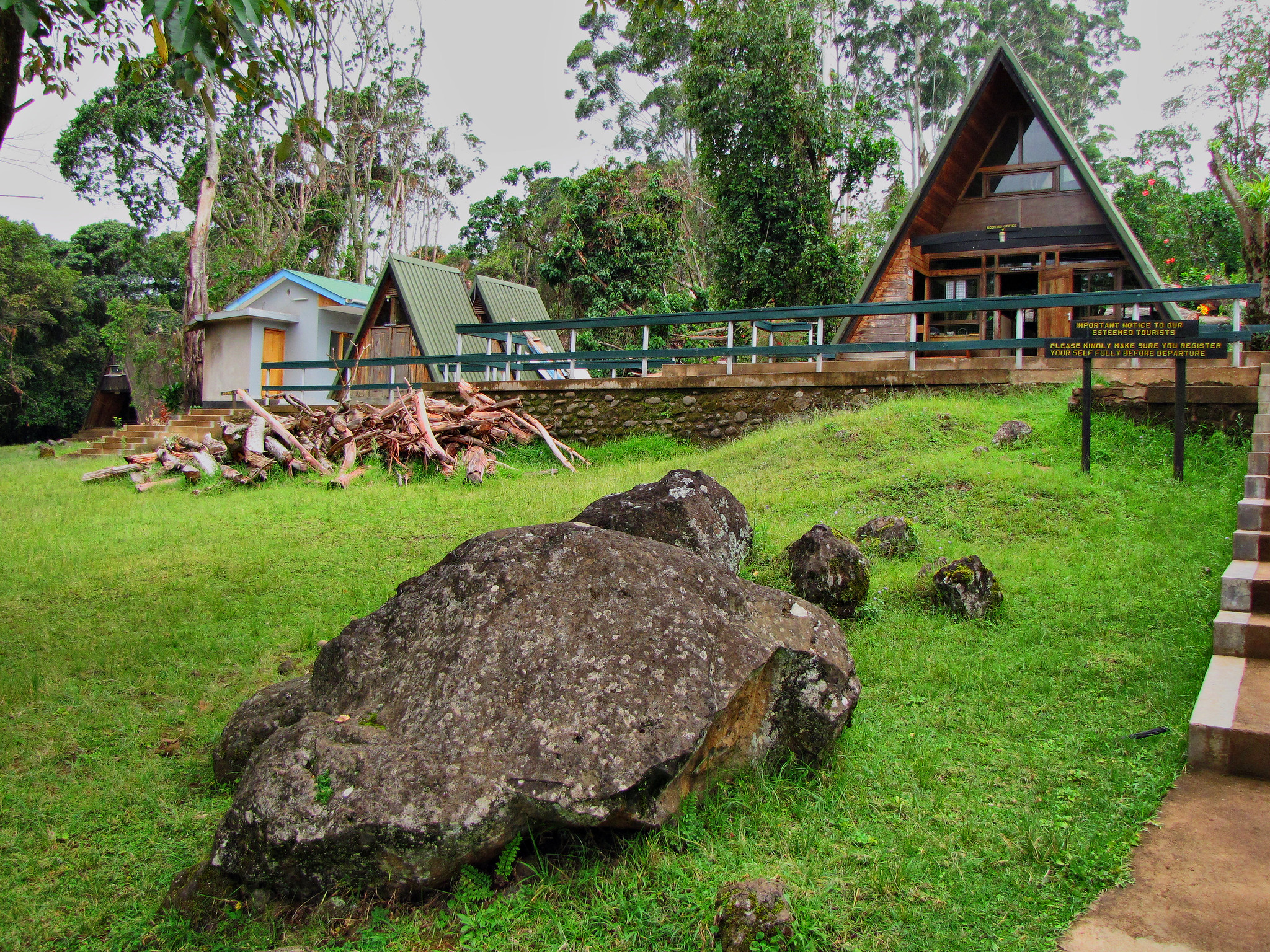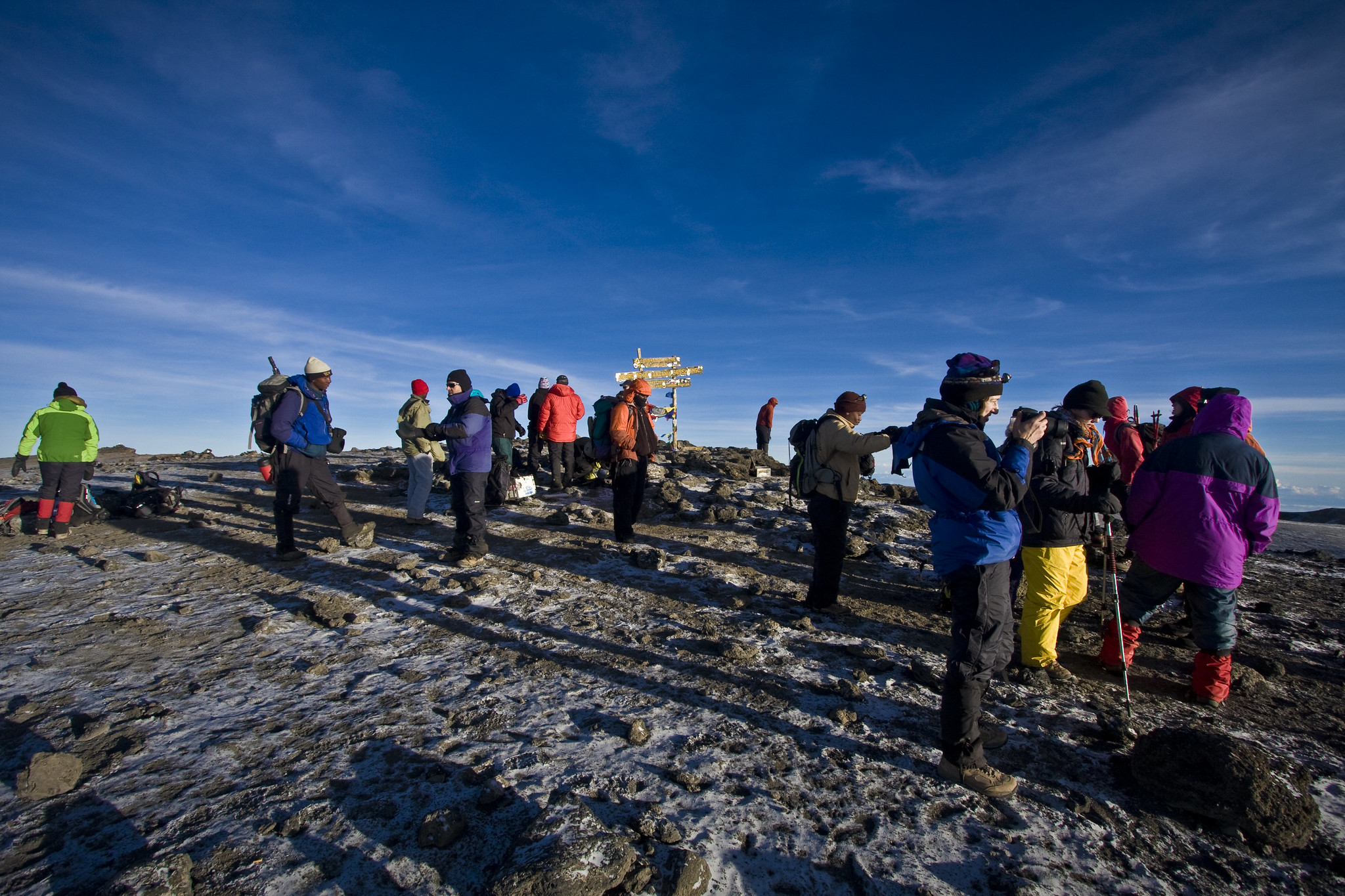Lake Manyara National Park

Located beneath the cliffs of the Manyara Escarpment, on the edge of the
Rift Valley, Lake Manyara National Park offers varied ecosystems,
incredible bird life, and breathtaking views.
Lake Manyara National Park is of one of Tanzania’s smaller and most underrated parks. While it may lack the size and variety of other northern-circuit destinations (there’s pretty much one main north–south route through the park), its vegetation is diverse, ranging from savannah to marsh to evergreen forest (11 ecosystems in all) and it supports one of the highest biomass densities of large mammals in the world.
Lake Manyara National Park provides a unique wilderness experience. Including diverse landscapes such as the Rift Valley soda lake, open grasslands, dense woodlands and stunning mountainsides.
In the north of Tanzania, Lake Manyara National Park centres around its eponymous alkaline lake, a key habitat for hundreds of bird species. Between November and April, thousands of greater and lesser pink flamingos gather on its shores, along with pink-backed pelicans, yellow-billed storks, grey herons and pods of hippo.
Surrounding the lake are marshlands, grassy plains and acacia woodlands, home to tree-climbing lion and long-tusked elephant. Giraffe strut across the grasslands, where herds of buffalo, zebra and wildebeest graze.
As well as enjoying game drives and walking safaris, you can visit the Maji Moto hot springs to soak in the warm, clear water under the shade of leafy trees.
Lake Manyara is only 90 minutes from Arusha by car and easy to combine with a safari in the Serengeti, Tarangire or the Ngorongoro Conservation Area.
The chance to see elephant families moving through the forest or Lake Manyara’s famous population of tree-climbing lions (although sighting them is becoming increasingly rare) are alone reason enough to come. The dramatic western escarpment of the Rift Valley forms the park’s western border. To the east is the alkaline Lake Manyara, which covers one-third of the park but shrinks considerably in the dry season. During the rains, the lake hosts millions of flamingos and other bird life.
The NCA is a year-round destination, though birders may want to visit when the migratory birds are in the area and photographers, around the rains, when the landscape tends to be more photogenic.
The NCA has a mild, temperate climate. Due to the altitude, it’s possible for night-time temperatures to drop below freezing. Even during the day, the crater never gets very hot, so make sure to bring layers.
The park is also notable for its raised treetop walkway, Tanzania’s first.
Entry fees are valid for 24 hours, for a single entry only – worth remembering if you’re thinking of returning to your hotel outside the park for lunch; bring a picnic lunch instead.
In contrast with the intimacy of the forest, is the grassy floodplain and its expansive views eastward, across the alkaline lake, to the jagged blue volcanic peaks that rise from the endless Maasai Steppes. Large buffalo, wildebeest and zebra herds congregate on these grassy plains, and so do the giraffes – some so dark in coloration that they appear to be black from a distance.
Inland of the floodplain, a narrow belt of acacia woodland is the favoured haunt of Manyara’s legendary tree-climbing lions and impressively tusked elephants. Squadrons of banded mongoose dart between the acacias, whereas the diminutive Kirk’s dik-dik forages in their shade. Pairs of klipspringer are often seen silhouetted on the rocks above a field of searing hot springs that steams and bubbles adjacent to the lakeshore in the far south of the park.
Manyara provides the perfect introduction to Tanzania’s birdlife. More than 400 species have been recorded, and even a first-time visitor to Africa might reasonably expect to observe 100 of these in one day. Highlights include thousands of pink-hued flamingos on their perpetual migration, as well as other large water birds such as pelicans, cormorants and storks.
About Lake Manyara National Park
Size: 330 sq km (127 sq miles), of which up to 200 sq km (77 sq miles) is the lake when water levels are high.
Location: Northern Tanzania. The entrance gate lies 1.5 hours (126km/80 miles) west of Arusha along a newly surfaced road, close to the ethnically diverse market town of Mto wa Mbu.
Getting there
– By road, charter or scheduled flight from Arusha, en route to Serengeti and Ngorongoro Crater.
What to do
– Game drives, night game drives, canoeing when the water levels is sufficiently high.
– Cultural tours, picnics, bush lunch/dinner, mountain bike tours, abseiling and forest walks on the escarpment outside the park.
Accommodation
– One luxury treehouse-style camp, public bandas and campsites inside the park.
– One luxury tented camp and three lodges perched on the Rift Wall outside the park overlooking the lake.
– Several guesthouses and campsites in nearby Mto wa Mbu.



